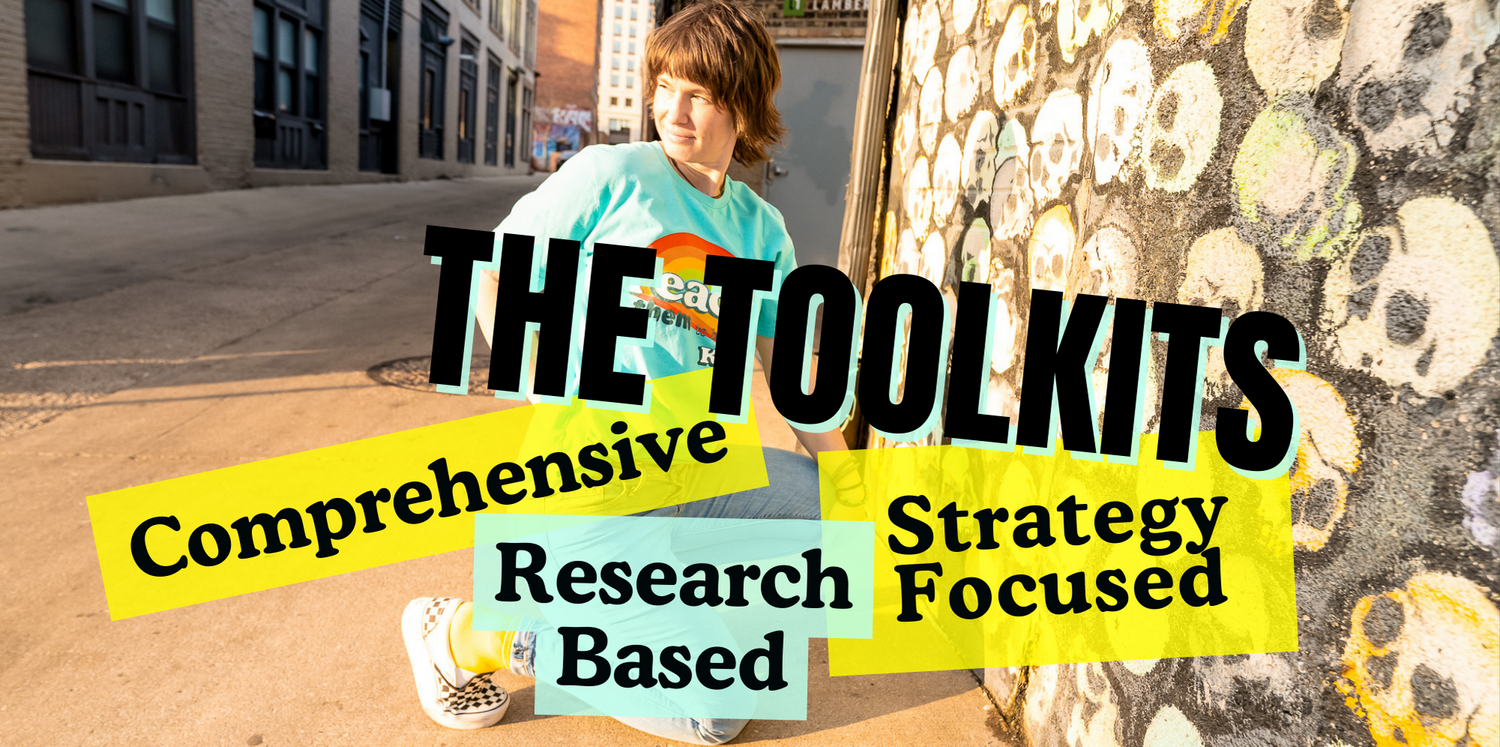
Part 3: Sensory Strategies in Action – Bringing It All Together
Share
This is part 3 of the Sensory Strategy Blog Series- to read part 1 click HERE or part 2 click HERE
We’ve explored how kids experience sensory input differently—some are thrill-seekers, some are avoiders, and many are a mix of both. Now, how do we make this work in a real classroom without turning it into a full-fledged obstacle course?
Key Takeaways:
-
Movement Matters: If a kid is fidgeting, it’s not necessarily misbehavior—it’s often self-regulation. Give them structured ways to move, like carrying books, wall push-ups, or even a quick hallway lap.
-
Sensory Tools Help: Weighted blankets, noise-canceling headphones, chewable jewelry—these aren’t just trendy gadgets; they can be game-changers for kids who need extra input (or less of it).
-
Classroom Setup Matters: Dim lights, quiet corners, minimal clutter—small environmental tweaks can make a huge difference in how comfortable kids feel.
-
Choice is Key: Sensory needs aren’t one-size-fits-all. Offering different options—like sitting on a yoga ball instead of a chair—gives kids the flexibility to regulate their own systems.
Real-Life Success
I had a lot of students who hated the sound of the lunchroom—it was too much. Instead of forcing them to endure, they wore noise-canceling headphones and could take two-minute walks before lunch. Just that tiny adjustment transformed they’re entire experience and helped them stay with the group. Sometimes, meeting a kid’s sensory needs is that simple.
Final Thought
Sensory needs don’t have to be a challenge—they can be an opportunity. When we create classrooms that respect kids’ sensory experiences, we’re not just preventing escalation and meltdowns—we’re building spaces where every brain can thrive.
So whether your students are bouncing off the walls or hiding under desks, remember: they’re not being “bad”—they’re just trying to feel right. And with a few smart strategies, we can help them get there.
For An Entire Workshop
Check out the Meet the Needs Workshop Series HERE







